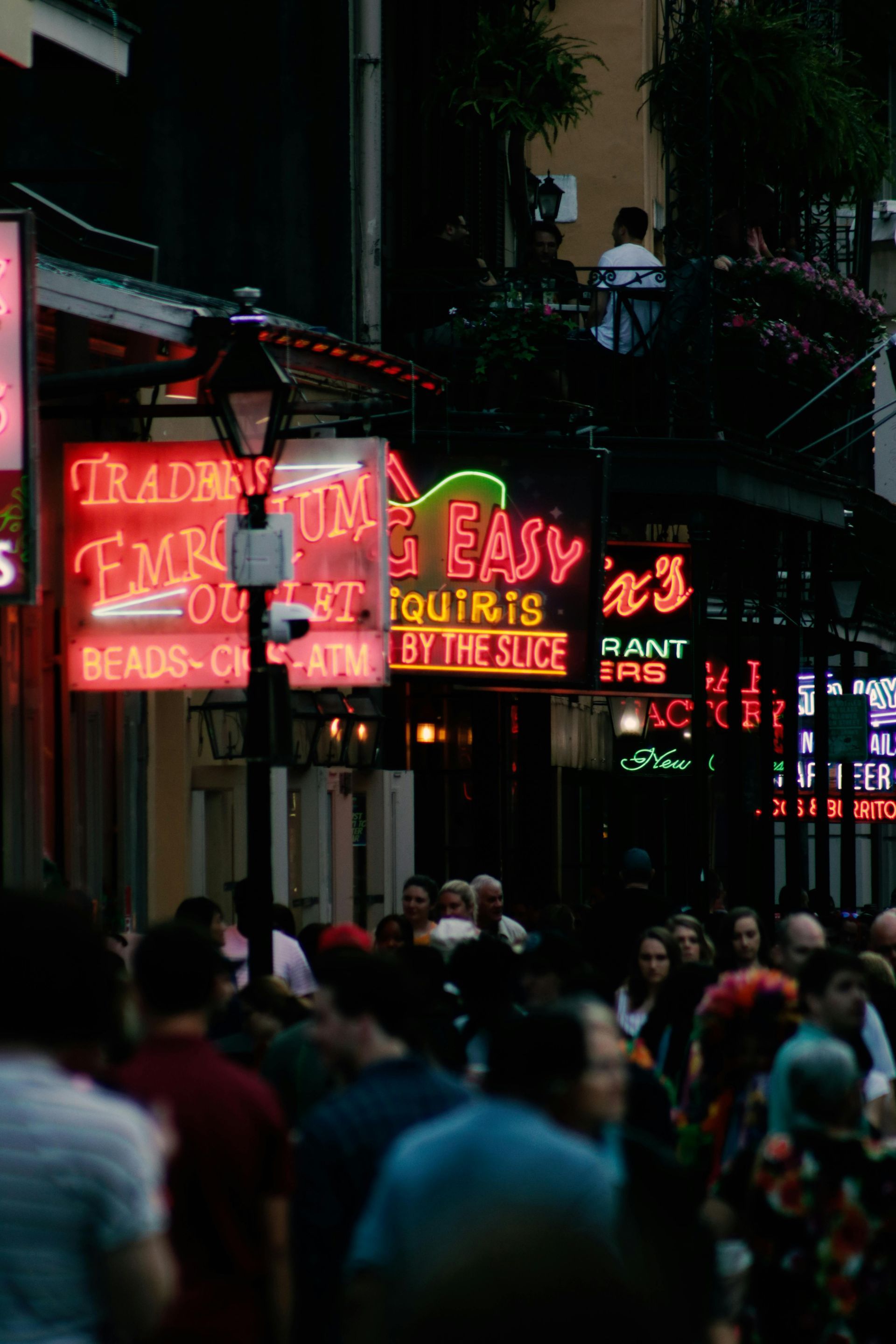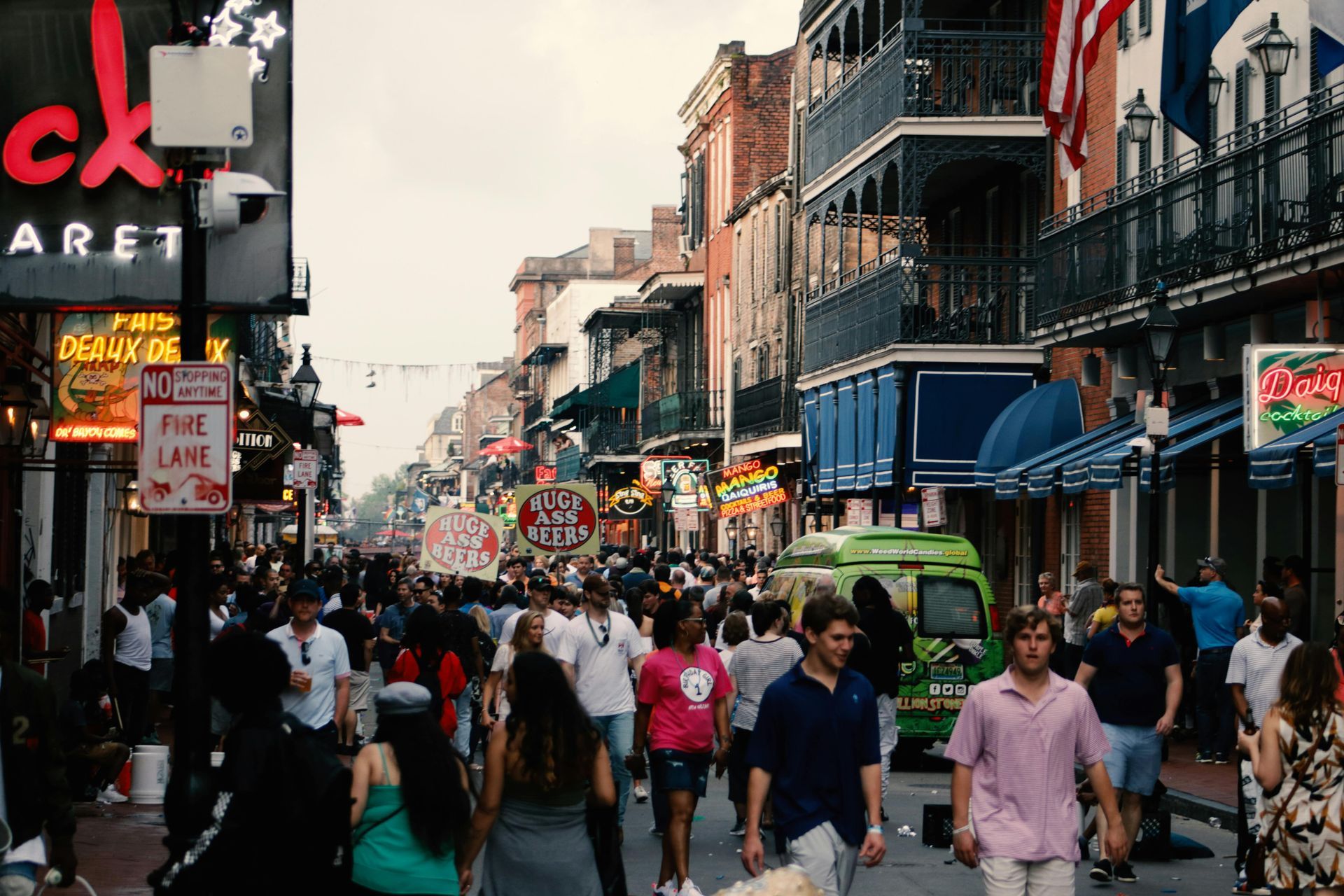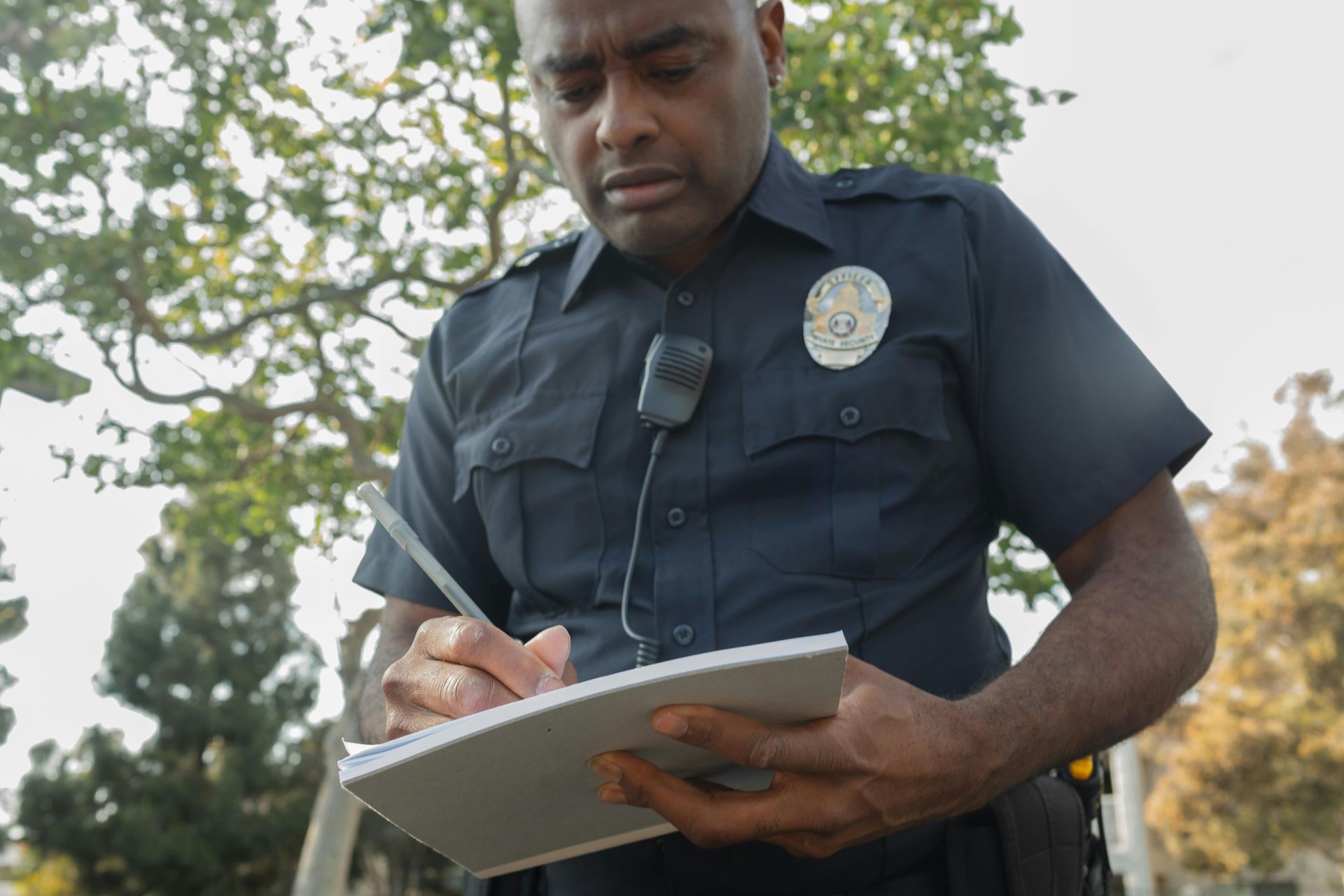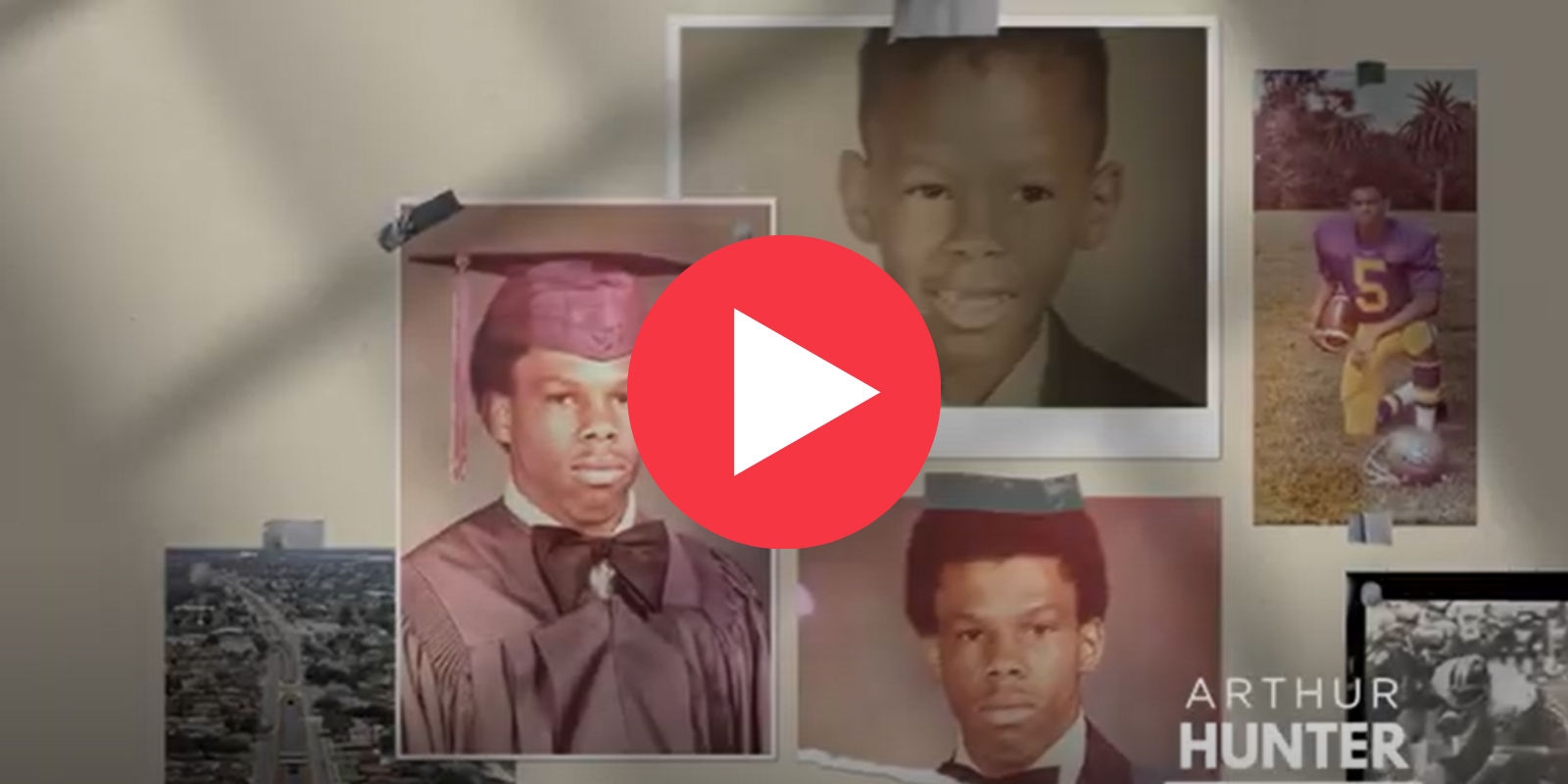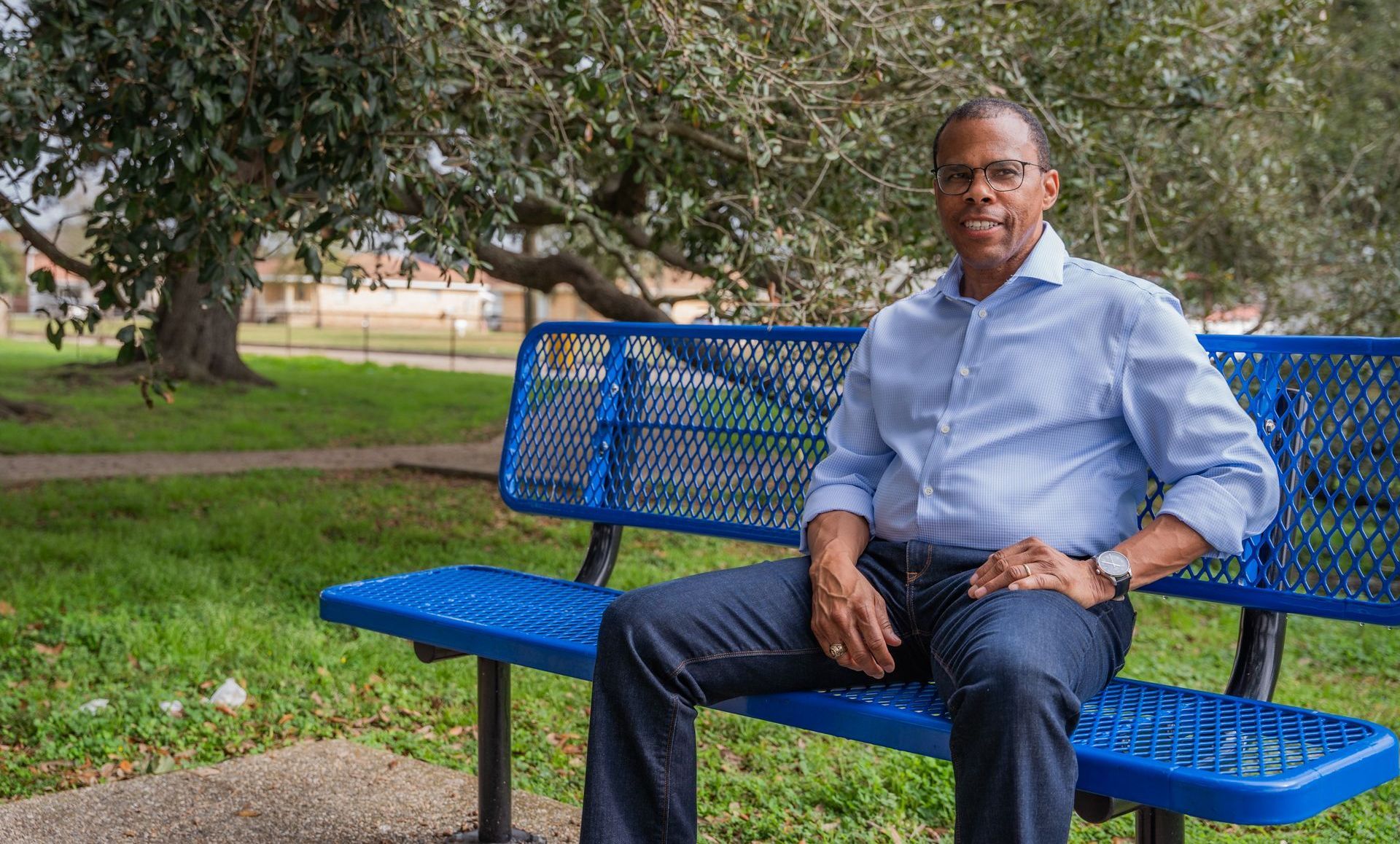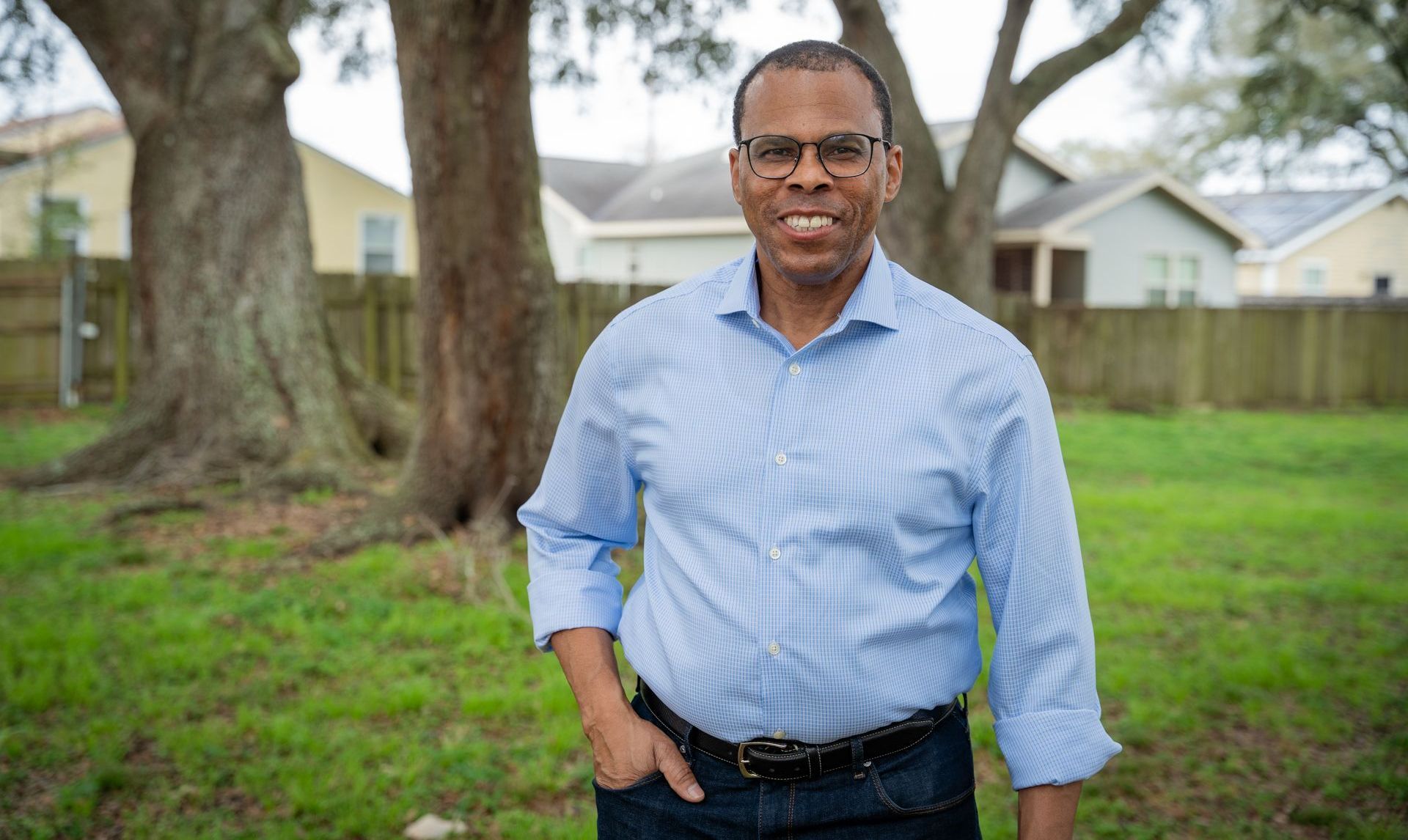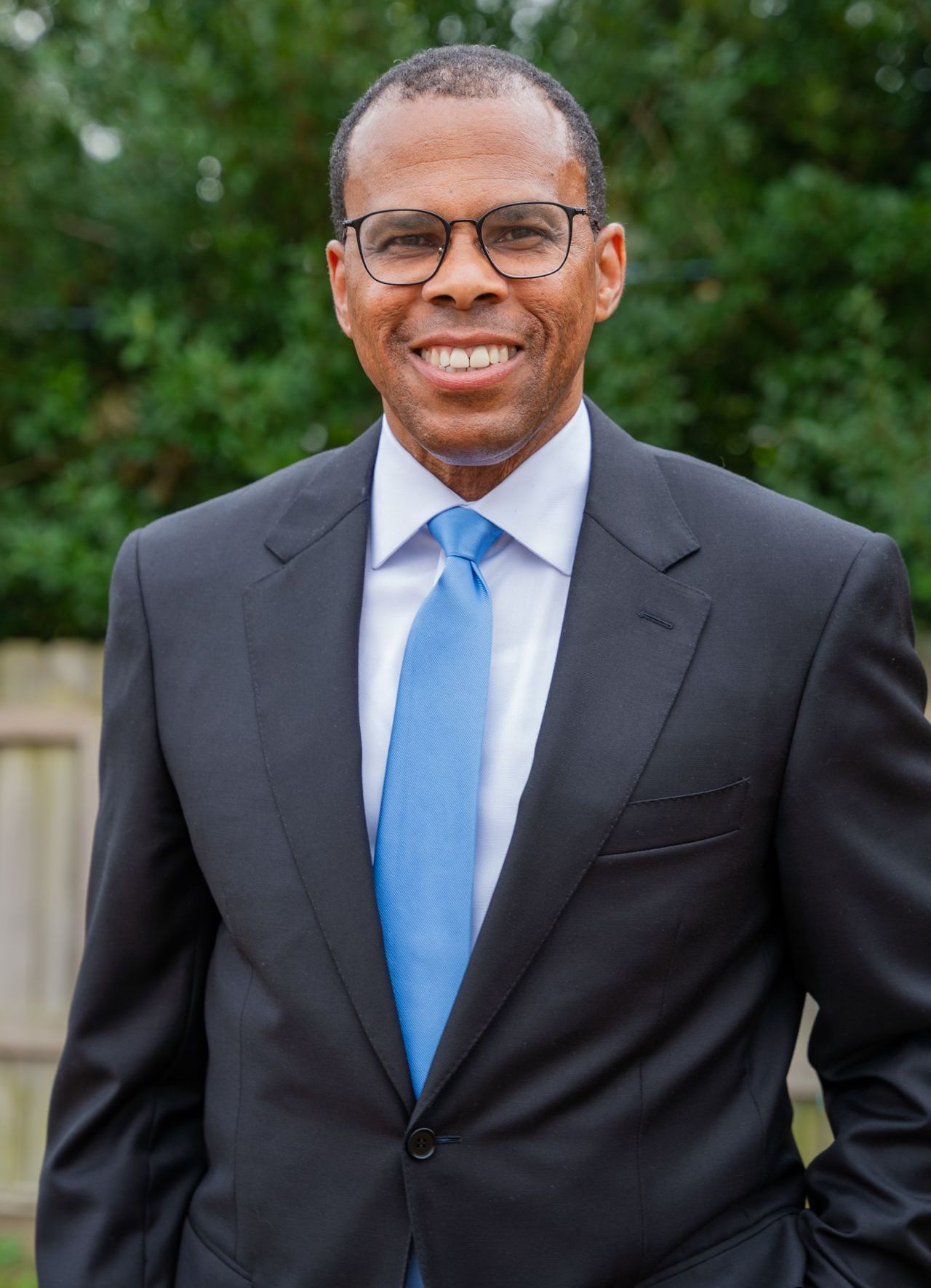At first glance, the bright mural feels like a snapshot of New Orleans, complete with joyful families and iconic streetscapes.
But the teenagers who created the mural — all youth held in the city’s juvenile detention center — didn’t want to portray the city they knew, where almost no one — not from families, schools or neighborhoods — told children they were loved. So they deliberately omitted the city’s bleakest aspects, its gun violence, neglect and poverty.
Instead, they created an alternate universe, called “My Beautiful Dream for New Orleans.”
In their hands, a once-plain concrete wall in the Juvenile Justice Intervention Center’s visiting room became a dreamscape, painted in bold, vibrant colors by students in the two-month Young Artist Movement project, a local youth-art program.
All across the city, as carjackings, armed robberies and shootings have escalated, neighbors and officials have been wringing their hands about the youth of the city. What is making them lash out? What do they need?
At the same time, within the JJIC (formerly the Youth Study Center), a group of teens facing trial found a way to tell New Orleans what they need, through artwork. As it turns out, they envision a similar peace.
“It’s kids out having fun without any worries – communities coming together and uplifting each other, living in peace,” said a tall 16-year-old girl, as she stood at the podium during the mural’s unveiling last week.
“When you prime or paint and you don’t let it dry, it will smear. When you’re a child and you rush to adulthood, the consequences are severe.”
- Couplet read by one of the artists during the mural’s unveiling
In the mural, smiling adults lift happy children into the air, four girls jump double-dutch, and a boy rides his bicycle carrying a friend on his handlebars. To complete the ideal neighborhood, a slim girl, also 16 years old, used pink and purple to outline the hair salon of her dreams, which she hopes to operate with her two sisters.
Verite News is not naming any of the teenagers involved in the project, to protect the identity of detained juveniles.
The room’s side wall is less idealistic. A series of wooden doors sliced the long wall into five separate concrete easels, which the YAM artists used to portray tough realities, told through vividly hued paintings of the students’ hands.
Because they’re teenagers, the youth detained in JJIC are often charged with crimes committed with peers and heavily influenced by neighborhood, school and family environments. Once arrested and apart from those influences, detained teens often become introspective, questioning who they are and plotting how to move forward in a different direction. The artwork on the side wall reflects these inner struggles.
Royal-blue fingers are clenched in a fist above the words “Gloves up, guns down.” Under the words “Not Guilty,” bright-green fingers hold up a peace sign. Lavender fingers curve together to create a heart symbol. Three gray fingers with pink nail polish rise into the air to form the American Sign Language symbol for “I love you.”
A rudimentary “Ladder to Success” topped with the words “Health & Happiness” includes difficult steps on the way up, including Determination, Come-Ups, Let-Downs, Hard Times & Losing People, Incarceration, and Making Mistakes.
Ernest Johnson, director and co-founder of Ubuntu Village, which has long worked with arrested children and their families, stood silently and gazed at the paintings of the hands.
“There’s a lot of pain in this,” Johnson said.
A few months ago, when the 17-year-old young man arrived at JJIC, he barely spoke.
Then he picked up a pencil and paintbrush for the new mural project. With the help of art therapists, he learned to use his creativity to work through his pain and open up.
In New Orleans, nearly two-thirds of children experience post-traumatic stress disorder, according to the NOLA Schools district, rates that youth experts say are even higher than soldiers returning from war. Therapists say that children can use art as a way to process, and get past, trauma memories even when those experiences may be too difficult to express in words.
Or as the quiet young man explained, “Everything I was feeling on the inside, I got it on paper,” he said, as he stood behind the podium during the ribbon-cutting last week for the Young Artist Movement mural, designed and painted over two months’ time this fall.
A few feet to his right, Dichelle Williams nodded.
“That is his truth,” said Williams, the director of the juvenile center, as she described his early days in custody, when he would not talk. “He had a lot of unaddressed trauma built up inside,” she said. “But in this space, he started to work through that and express himself.”
Though the young man will need further support, his noticeable growth, during a short period of time, demonstrates the potential of adolescents to make positive change — if they are given access to intensive therapeutic programs, which is a rarity for most New Orleans teens.
Still, the quiet young man’s success story was exactly what Young Artist Movement administrators had hoped for last fall, when they launched the mural project at JJIC, in the midst of a youth crime wave.
To start the project, YAM brought in established artist Journey Allen to work closely with 16 teenagers, all of whom were being held until trial at the detention center. A few times a week, therapists from Whole Village Art Therapy also joined the class to help the group heal by creating art together.
“I learned how to express myself through art,” said the tall 16-year-old girl, who used purple paint to create an image of her fingers joined together to form a heart shape. “Drawing and painting helped me find peace,” she said.
Her speech at the podium included a short couplet, comparing art to adolescence.
“When you prime or paint and you don’t let it dry, it will smear. When you’re a child and you rush to adulthood, the consequences are severe.”
Pointing to the purple fingers she’d created, she explained how she had been detained not long before the mural project began.
“I was very low, I felt like that was the lowest point in life,” she said, explaining why – underneath the images of her hands – she had painted a few lines in turquoise letters. In neat cursive letters, she’d written: “I was at the bottom. I turned to God. He helped me climb.”
Allen, who is 41, said she was impressed by the young woman’s leadership skills with the group and by the overall level of talent she saw within the team of YAM artists, despite the correctional setting. “Do not let this space confuse you,” she said.
YAM was founded six years ago to create public-art projects led by established local artists who work with young creatives ages 14 to 22. YAM’s co-founders — retired Orleans Parish Criminal District Court Judge Arthur Hunter and Xavier University art professor Ron Bechet — also designed the program to have a workforce-development aspect, because it compensates all student-artists, including those who worked on the JJIC mural, who were paid an $850 stipend if they participated in the full project. If not, they were paid an adjusted fee based on the number of days that they participated.
Though this project is YAM’s first expansion into the criminal-legal system, Hunter has long believed that art could be curative for those entwined in legal difficulties. When he presided over Section K in Orleans Parish Criminal District Court, if he sensed artistic talent in defendants, he’d pull out a yellow legal pad and ask them to draw something for him. He faxed the best drawings to his friend Bechet.
“You could see the talent,” Bechet said. He first met Hunter, a former cop, through his mother, the late Yvonne Bechet, a storied New Orleans Police Department deputy superintendent known for her work with youth, especially in public-housing developments.
In 2016, the two friends decided to form a program within the nonprofit Arts New Orleans devoted to public art after an intense, three-hour discussion over bowls of red beans at Lil Dizzy’s Cafe in Treme.
The first group of artists dubbed the program the Young Artist Movement, or YAM. “It’s about meeting the kids where they are and bringing out their creativity,” Hunter said.
Hunter left the ribbon-cutting resolved to double-down on art projects in the community that could catch teens like these before they ended up detained.
“If we do not guide our kids on the outside in a positive direction, then we will continue to have unveiling ceremonies in jails,” he said.
Video and image by La’Shance Perry, with video editing by Nigell Moses.
ARTHUR HUNTER IN THE NEWS
